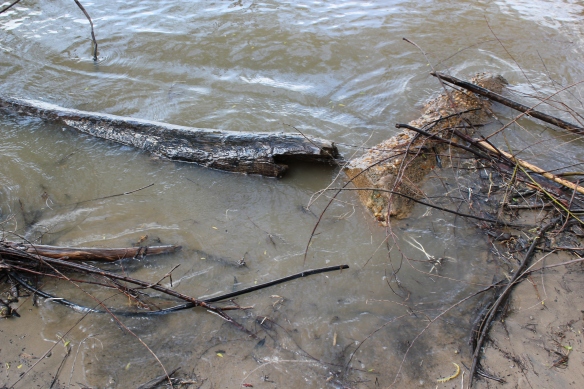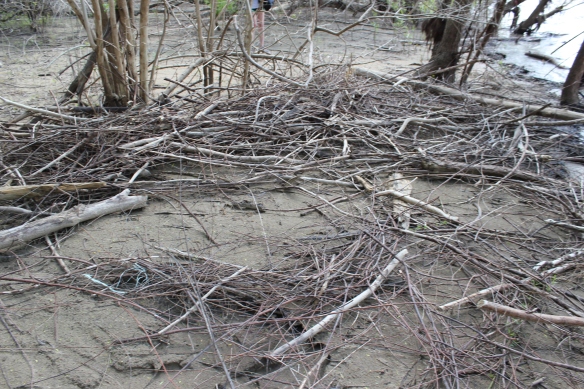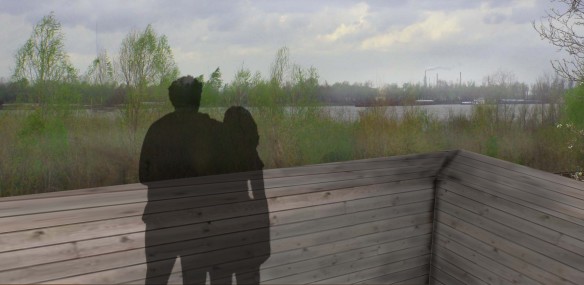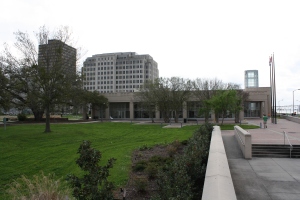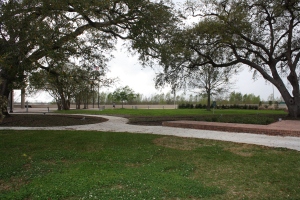
For this illustration I focused on conveying the deconstruction of detritus as it undergoes system cycles. I was suprised to find an abundance of research material for this topic. The information I found was specific to temperate forest and streams, but I was able to make inferences about how detritus moves in a body of water as large as the Mississippi River. The largest component of detritus is described as coarse woody debris which is made up of snags, stumps, roots, branches and boles (downed tree trunks). This CWD is created in forest ecologies in the northern part of the mississippi river watershed and portions are transported by the river which acts as the mediating agent. These forests are affected by several natural occurances that cause breakage or mortality such as snow&ice melt, fire damage, insect attack, wind damage from tornados and flood damage. These natural hazards occur most often during summer months. Previously healthy trees become detritus which can then remain on site or be transported south.
Along its journey detritus is undergoing changes while submerged in water. The fast moving current strips it of its bark and the abrasion can cause it to fragment and break into further smaller pieces. These fragments may sink to the bottom, or float ashore and be deposited along the rivers edge. Input levels are directly related to a piece of detritus’s proximity to the shore.The land-water interface of the river is constantly in flux which creates areas of high trapping efficiency where detritus will gather, and areas where detritus will continue to float southward unhindered. De Soto park in particular creates a detritus trap just behind the docked barges. These stationary barges along with the subtle change in bank morphology create an ideal setting for detritus to be trapped and deposited on land, creating a detritus dam. Because the Mississippi River is such a mighty force it can transport massive pieces of detritus as large as trees and as heavy as concrete.
Once detritus has been deposited on land it will then enter the trophic matrix of the site. Although it is low in nutrient concentration and slow to decompose, detritus is a valuable long-term source of energy and nutrients. It hosts numerous organisms that fix nitrogen and assist in releasing nutrients to the soil. Detritus creates unique habitats for invertebrates and even larger mammals. As long as detritus remains deposited on land, it will undergo complex biological transformations that contribute to the ecosystem.
However detritus is never fixed and as the land-water interface changes it can re-enter the river and be transported further south to a new destination where it will continue to undergo the process of decomposition. Each specific piece of detritus will have a uniquely different process because there are innumerable factors that contribute to its lifecycle. Decomposition rates are dependant on the size and species of wood, moisture content, temperature and microorganisms present.




